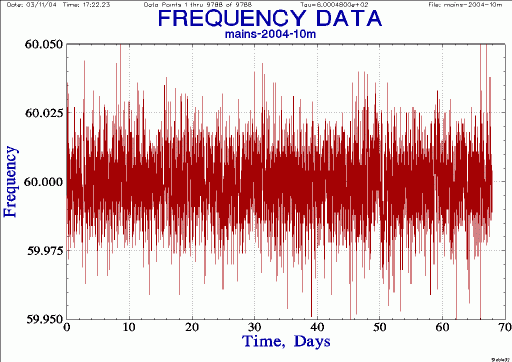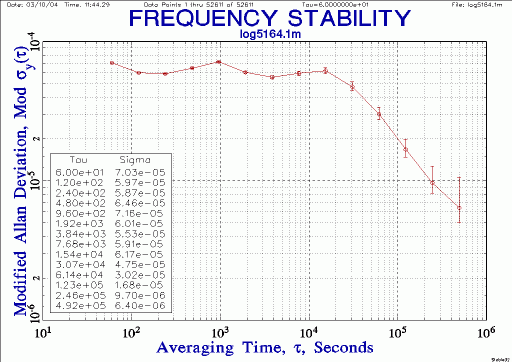Soundguy
Old Timer
- Joined
- Mar 11, 2002
- Messages
- 52,424
- Location
- Central florida
- Tractor
- RK 55HC,ym1700, NH7610S, Ford 8N, 2N, NAA, 660, 850 x2, 541, 950, 941D, 951, 2000, 3000, 4000, 4600, 5000, 740, IH 'C' 'H', CUB, John Deere 'B', allis 'G', case VAC
since you already sounded like you knew what you were talking baout in the questions you asked, I kinda thought the 'how' was redundant. but yeah.. pretty much what you said..
I did loded and unloaded tests too, using both inductive and restive loads.
grid power had as much as 1/hz deviation, though for very short periods. Perhaps a power factor issue.. seeings as how I'm sharing a feed line with other houses on my block, vs my genny output that is a closed circuit with the load attached.
( and yes, I used the same load in those tests on grid and genny, just to make sure I wasn't skewing the data.. perhaps not completely scientific.. but the results were surprising.. I had expected the grid power to respond more favorably to loads liek a well pump kicking on.. etc.. )
Didn't own a real welder at the time, but that would have been a neat test if I had a helper to do the test. I understand some people have arc stability problems with gennies.... though my genny has always run my stick welder just fine.
soundguy
I did loded and unloaded tests too, using both inductive and restive loads.
grid power had as much as 1/hz deviation, though for very short periods. Perhaps a power factor issue.. seeings as how I'm sharing a feed line with other houses on my block, vs my genny output that is a closed circuit with the load attached.
( and yes, I used the same load in those tests on grid and genny, just to make sure I wasn't skewing the data.. perhaps not completely scientific.. but the results were surprising.. I had expected the grid power to respond more favorably to loads liek a well pump kicking on.. etc.. )
Didn't own a real welder at the time, but that would have been a neat test if I had a helper to do the test. I understand some people have arc stability problems with gennies.... though my genny has always run my stick welder just fine.
soundguy
Since I asked "how" not "what you used", I'll try to determine how you gathered the data by reading between the lines above...
You...
1) plugged the probes of the "graphing oscope or meter" into the generator output, and took an instantaneous frequency reading along with some periodic data points which you graphed versus time, then
2) repeated the above using the utility power as input to the "graphing oscope or meter".
Is this correct?
Subsequently you...
1) computed the mean value and/or deviation from the meter's idea of 60Hz for both the generator and the utility power over a given time interval, then
2) compared the two and determined that the generator was either more accurate to 60Hz, more stable around 60Hz, or both.
Is this correct?
What were the utility and generator deviations, and over what period of time?
Wrooster


